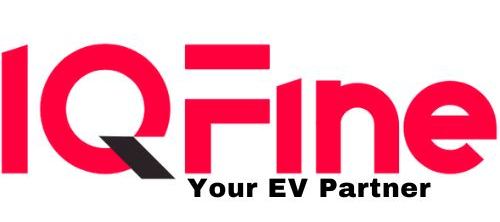Elon Musk’s ambitious plan about Tesla’s self-driving capabilities has faced another twist as the company grapples with the limits of its Hardware 3 (HW3) onboard computer. Initially touted as sufficient for achieving full self-driving (FSD), HW3 now appears to be nearing its capacity, prompting Tesla to shift its focus to the more powerful HW4.
In 2016, Musk declared that all future Tesla vehicles would include hardware capable of achieving “level 5 self-driving,” promising autonomy under any condition. However, the realization of this vision has encountered technical hurdles, leading to the introduction of HW3 as a dedicated self-driving computer.

Tesla began offering HW3 retrofits to customers who purchased the Full Self-Driving (FSD) package, aiming to enhance capabilities through software updates. Despite these efforts, recent developments suggest HW3 may not meet evolving demands.
Last year, Musk claimed that FSD improvements on HW3 would precede those on HW4, emphasizing optimization efforts and international deployment. However, the narrative has swiftly pivoted, with Tesla now prioritizing HW4 for the latest FSD updates.
In a recent announcement alongside the release of Tesla FSD v12.5, Musk clarified that initial updates would focus exclusively on Model Y vehicles equipped with HW4. He cited a significant increase in processing parameters for HW4, which necessitates additional optimization for HW3 to achieve comparable performance.
Musk’s statements underscore Tesla’s acknowledgment of HW3’s limitations and its strategic shift towards leveraging HW4’s superior computational power. While HW3 will receive the same updates eventually, the company faces the challenge of optimizing software to maximize its potential on older hardware.
Looking forward, Musk hinted at HW4’s untapped potential, suggesting a potential eightfold increase in processing parameters compared to its predecessor. As Tesla navigates these advancements, questions linger about the future of HW3 and its role in Tesla’s evolving self-driving roadmap.








